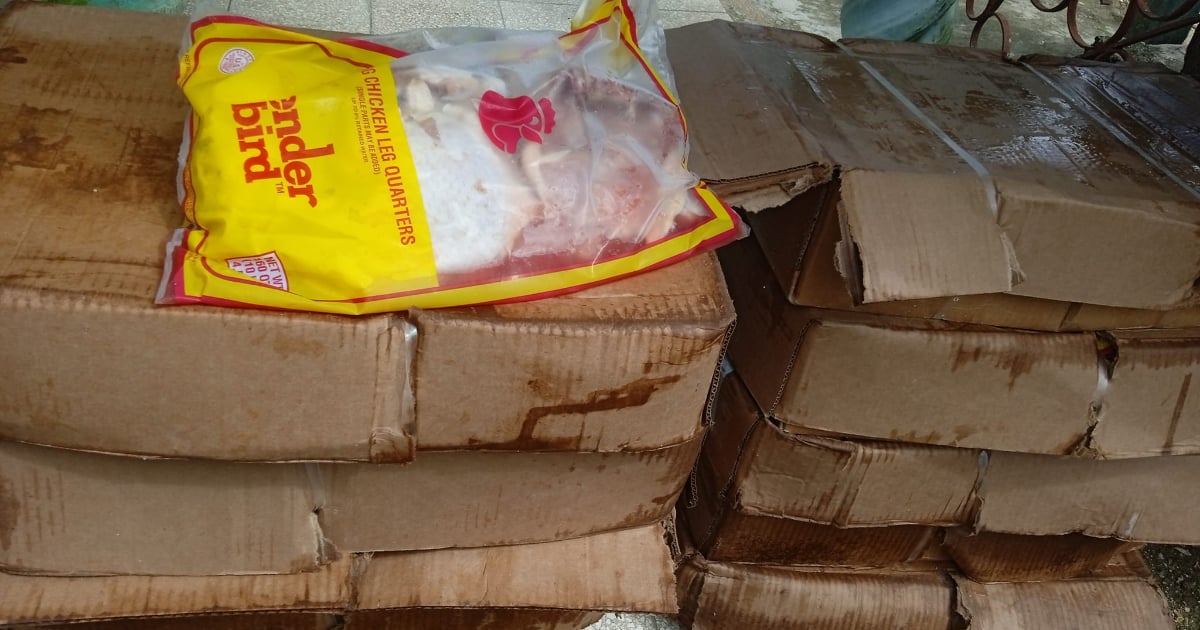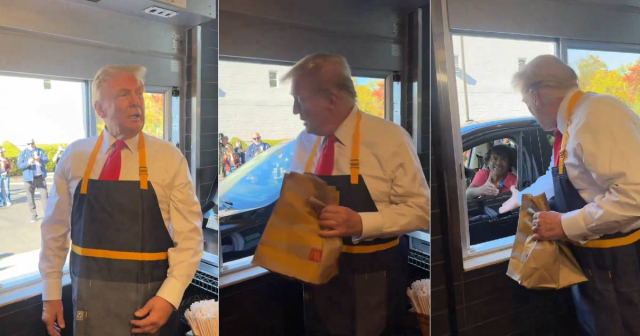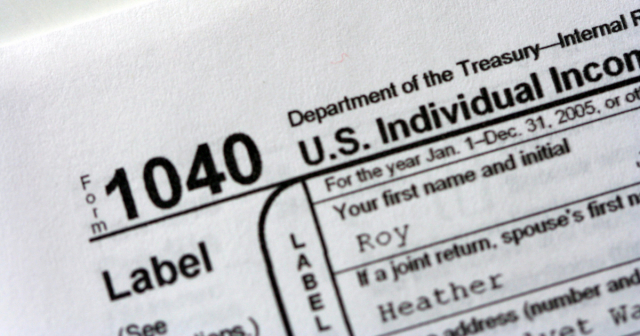
Between January and August 2024, the figure for chicken exports from the United States to Cuba reached approximately 170,000 tons, according to data from the Department of Agriculture of the North American nation analyzed by economist Pedro Monreal.
According to Monreal, this number is "the approximate equivalent of 6,800 containers," although "the figures in value and tons are lower than those for the same period in 2023."
The graph shared by Monreal shows that in January of this year, the highest amount of the product was received so far this year, while in August "the exported tons grew by 19.3%... and increased by 17.7% in value," which reflects the recurring arrival of chicken from the United States to the island.
The economist remembers that "the exports of chicken meat from the U.S. are the primary source of the most consumed animal protein in Cuba and compensate for the severe national agricultural crisis from which there is still no light at the end of the tunnel."
The peculiarity of the data presented by the United States Department of Agriculture is that it does not discriminate in the type of shipments made to the island, so its numbers include both state-managed forms and private businesses that contract chicken meat exports to Cuba.
The comparison with the previous year indicates that there is a decrease in contracts to send the demanded product to the island, reflecting "a situation of food insecurity in a context of agricultural crisis that the government is unable to resolve," concludes Monreal.
Last August, the economist himself warned that although the total volume has decreased, the value of exports increased by 7%, indicating a rise in prices.
In this regard, he pointed out that "the lower level of tons of chicken meat exported to Cuba in the first half of 2024 indicates the problematic nature of the official assumption that fixed limits on profits and prices in Cuba could stabilize low prices under conditions of reduced supply."
However, the statistics are even more alarming when other areas are taken into account. A report from the blog Economic Eye On Cuba (EEOC) cited by the independent media outlet El Toque revealed that in August 2024, Cuba allocated 46 times more resources to the importation of used vehicles from the United States than to the purchase of food.
Based on official data from the U.S. Department of Commerce and other government sources, the report states that Cuban Micro, Small, and Medium Enterprises (Mipymes) acquired used vehicles worth 8.68 million dollars.
However, despite the food crisis on the island, food imports—purchased both by private individuals and the government—such as turkey, eggs, chickpeas, beans, lentils, and safflower oil, totaled only $176,682.
What do you think?
COMMENTFiled under:






